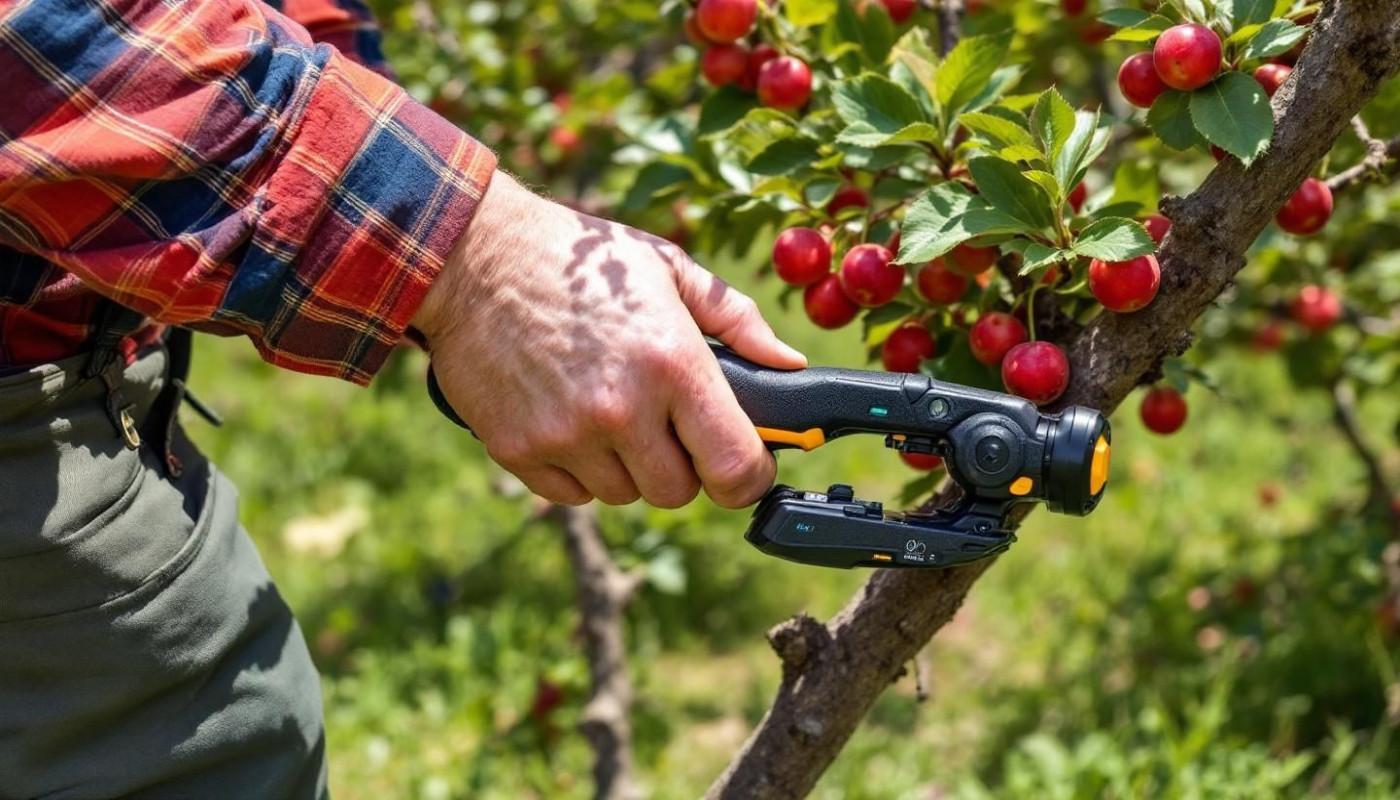Table of contents
Restoring land to its optimal state is a complex process that often requires specialized machinery to manage vegetation and debris. Understanding the unique roles and effectiveness of mulchers versus chippers can be the key to successful land restoration outcomes. Dive into the following sections to uncover how these two machines stack up against each other, and how the right choice can make a world of difference for your project.
Understanding land restoration needs
Land restoration seeks to rehabilitate degraded environments by reversing damage caused by factors such as deforestation, wildfires, invasive species, and unsustainable land use. Projects often confront environmental challenges like compacted or nutrient-depleted soils, dense overgrowth of non-native vegetation, and accumulation of organic debris. Effective site clearing and vegetation management are required to restore ecological balance, improve wildlife habitat, and support the regeneration of native plant communities. Specialists must address a variety of conditions, including tangled brush, fallen timber, woody shrubs, and mixed herbaceous growth, all of which influence the complexity of debris removal and habitat improvement strategies.
The selection of equipment plays a pivotal role in the efficiency and long-term outcome of land restoration efforts. Restoration ecologists rely on machines designed for biomass processing, a technical term describing the mechanical breakdown and redistribution of organic material. The type of vegetation, existing debris load, and restoration goals dictate whether mulchers or chippers are most suitable for the task. Matching equipment capabilities to site-specific conditions ensures effective vegetation management, minimizes soil disturbance, and promotes swift recovery of ecosystem functions. In this context, thoughtful equipment choices become indispensable to achieving sustainable site clearing and lasting ecological benefits.
Mulchers: function and benefits
In the context of land restoration, mulchers play a transformative role due to their ability to rapidly convert unwanted vegetation and woody debris into finely shredded organic material. Utilizing a specialized mulching head, these machines break down plant matter directly on-site, allowing for efficient processing and immediate integration of the mulch into the landscape. This process encourages soil enhancement, as the freshly mulched material acts as a protective layer that conserves moisture, mitigates temperature fluctuations, and suppresses weed growth. Mulching is also key for erosion control, creating a physical barrier that reduces surface runoff and shields soil from wind and water erosion. In land restoration projects, mulchers contribute to nutrient cycling by returning valuable organic matter to the ecosystem; as the mulch decomposes, it releases nutrients back into the soil, fostering healthy microbial activity and supporting the regeneration of native plant species. This combination of mechanical efficiency and ecological benefit makes the mulching head an indispensable tool for effective land management and long-term soil restoration.
Chippers: capabilities and limitations
Chippers play a pivotal role in land restoration by converting woody debris into uniform wood chips, facilitating site preparation and efficient land clearing. Utilizing a robust chipping mechanism, these machines are engineered to handle branches, trunks, and brush, rapidly breaking them down into manageable pieces. The resulting wood chips can be repurposed as mulch, ground cover, or biomass fuel, enhancing the ecological value of restoration efforts. Chipping streamlines debris management, reducing the volume of waste on-site and expediting restoration timelines.
Despite their effectiveness with woody debris, chippers exhibit limitations when confronted with non-woody material such as leaves, grasses, or soft vegetation, often resulting in machine clogs or suboptimal output. Additionally, handling large-diameter wood can challenge standard chipping mechanisms, sometimes requiring pre-cutting or specialized equipment. This restricts their versatility during site preparation, where mixed material may be present. For optimal land clearing, operators must assess debris composition and machine capacity to ensure that chipping processes align with project requirements and site conditions.
Comparing operational efficiency
When considering equipment efficiency in land restoration machinery, the operational speed and throughput rate of mulchers compared to chippers often become focal points for project scale and restoration tools selection. Mulchers typically deliver higher throughput rates, processing large volumes of vegetation swiftly by shredding material directly on site. This acceleration can be particularly effective for large-scale restoration projects, where covering vast tracts of land quickly is necessary. Chippers, in contrast, tend to produce a more uniform, chip-sized end product and are better suited for scenarios where material needs to be transported or repurposed, such as for bioenergy or landscaping mulch. Adaptability is a key differentiator: mulchers can handle mixed vegetation, stumps, and underbrush efficiently, while chippers excel with pre-cut woody material, making them a preferred choice for small-scale projects or selective thinning.
The selection of restoration tools depends not only on the operational speed but also on the intended end use of the processed material and site requirements. For broad, heavily overgrown areas, high-capacity mulchers maximize equipment efficiency and minimize labor, while chippers provide precise control when producing material for specific secondary uses. Assessing these aspects helps determine the most suitable land restoration machinery for varying landscapes and project goals. For further insight into equipment options for diverse project needs, check my reference, which provides detailed comparisons and technical data on mulchers and chippers: check my reference.
Choosing the right tool
When considering equipment selection for land restoration, a thorough site assessment forms the backbone of effective project planning. Restoration goals—whether focused on soil improvement, invasive species reduction, or habitat enhancement—directly influence the choice between a mulcher and a chipper. Mulchers are often favored for their ability to return organic material to the soil surface, supporting sustainable practices such as erosion control and nutrient cycling, while chippers are better suited for producing uniform wood chips ideal for trails or biomass use. Evaluating the scale of the project is also critical: larger areas with dense vegetation may benefit from high-capacity mulchers, whereas chippers excel in smaller, targeted clearing tasks. The environmental impact of each method must be weighed, taking into account factors like soil disturbance, carbon footprint, and compatibility with ongoing restoration practices. Integrating equipment that aligns with long-term land health objectives—such as promoting native plant regrowth or minimizing disruption to wildlife habitat—ensures that restoration efforts are not only effective, but also resilient and ecologically sound.
Similar

Exploring The Efficacy Of Ultrasonic Repellers In Modern Pest Control

How Modern Electric Pruning Tools Transform Agricultural Practices?

Where can we buy a premium rainwater chain ?

